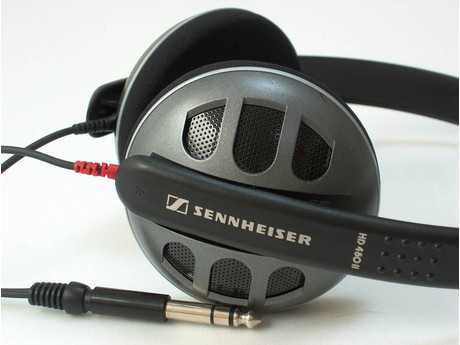ColinMacLaren
Enthusiast
- Mitglied seit
- 28.01.2004
- Beiträge
- 1.849
- Ort
- Chemnitz
- Desktop System
- Intel-Fanboy
- Laptop
- Acer Triton 900
- Details zu meinem Desktop
- Prozessor
- Intel i7-10700k@5.1GHz
- Mainboard
- Asrock Z490 Phantom Gaming 4
- Kühler
- Arctic Freezer II 280mm
- Speicher
- 32GB G.Skill RipJaws V 3600MHz
- Grafikprozessor
- NVIDIA RTX 3090 FE
- Display
- Samsung C49HG90
- SSD
- 240GB Intenso SATA SSD + 2x1TB SN550 NVME SSD@Raid0
- HDD
- 4TB Hitachi
- Soundkarte
- Sound Blaster AE-9
- Gehäuse
- Thermaltake V200P
- Netzteil
- Corsair RM850 850W
- Keyboard
- Razer Huntsman Tournament Edition TKL
- Mouse
- Razer Viper Ultimate
- Betriebssystem
- Windows 10 Professional
- Webbrowser
- Microsoft Edge
- Sonstiges
- Beyerdynamic T5p, Xelento, Thrustmaster Warthog HOTAS, MFG Crosswind Pedals
- Internet
- ▼100 MBit ▲40 MBit
According to mathematical theory, sampling at more than twice the maximum audible frequency only plots more points along the same curves when the digital signal is converted back into an analog waveform. So in order to correctly sample a 20KHz note, the maximum frequency human ears can hear, you would need to sample at greater than 40KHz. The 44.1KHz sampling rate of a Red Book CD was engineered to allow a 20KHz sound to be recorded accurately.
So what do they do with commercially marketed so-called 24-bit recordings? They simply fill some of the Most Significant Bits (MSB) with 1s and some of the Least Significant Bits (LSB) with 0s to pad the overall volume up to the target level. They could have released a recording of identical performance in 16-bits, but naive consumers insist on 24-bits, so the record companies trick them by centering 16-bits of dynamic range in a 24-bit frame. How silly.
The 24-Bit Delusion - Mojo Audio














